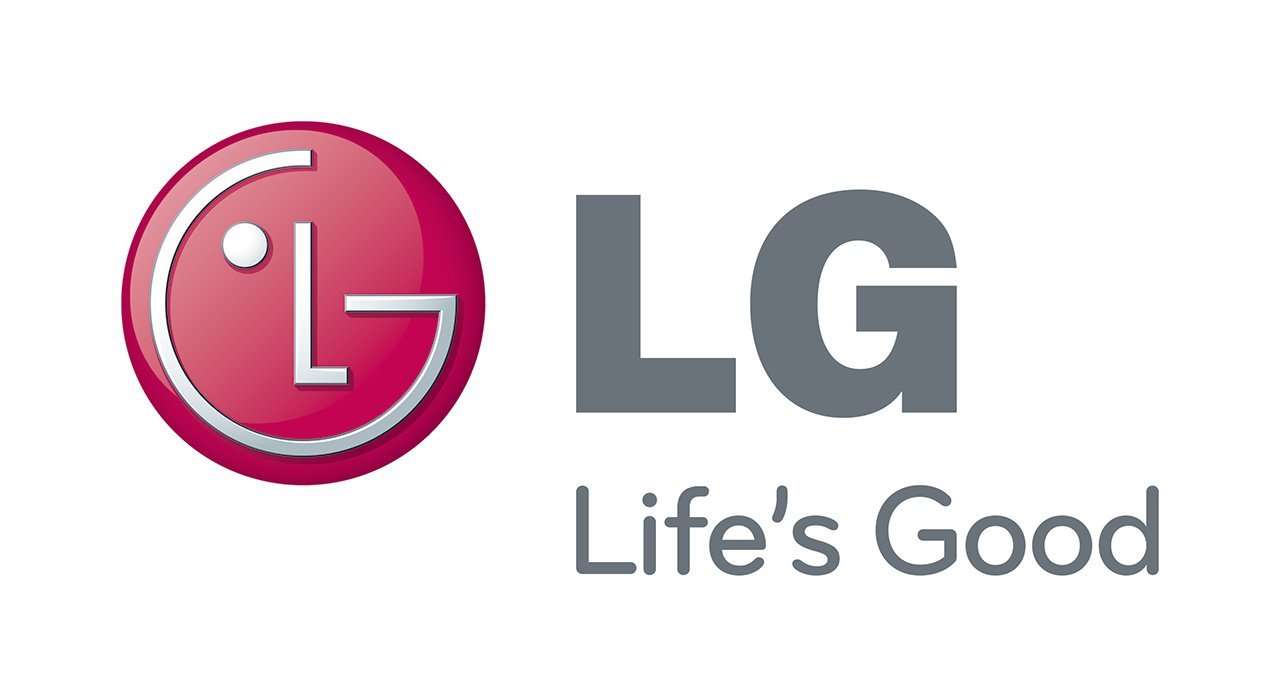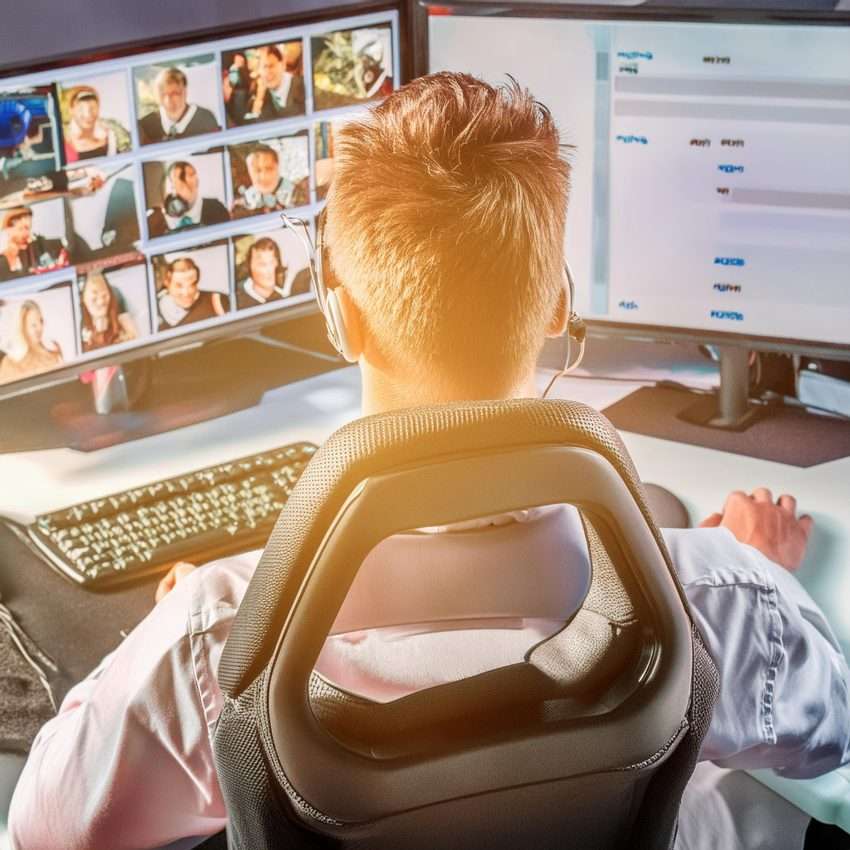LG Electronics is one of the largest consumer electronics companies in the world. It develops technological advances in electronics, mobile communications and home appliances, currently employing more than 84,000 people. Headquartered in Seoul, South Korea, it is one of the largest electronics conglomerates in the world; the company has 75 subsidiaries worldwide. LG Spain, one of these subsidiaries, has become one of the first companies to implement innovative training actions to increase the ‘engagement’ of its employees. Thanks to the video game, the electronics company has managed to move its innovative nature within a corporate learning program.
Challenge: To connect innovation with training
The big challenge defined by the HR department of LG has been quite clear: to improve the commitment of its workers through innovation. To achieve this, LG Spain has opted for training as the main vehicle to meet the challenge. However, to connect innovation with training, it has been necessary to meet the following requirements:
- To understand and address the main needs and professional concerns of LG employees in order to increase their motivation.
- To select content with a direct impact on the work of each employee and the way they interact with the client.
- To facilitate self-training.
- To find a training solution adapted to the digital revolution which is affecting the market: to connect LG’s innovative spirit within a learning strategy.
Solution: the video game as a learning tool
LG Spain decides to commit to the video game as the ideal learning tool to address the identified needs. To that purpose, it implements Gamelearn’s game-based learning platform focused on the development of ‘soft skills’:
- Serious games are designed with a sole purpose: personal and professional development of the student.
- The skills to be developed are turned into a set of techniques, strategies and tools with a high degree of applicability to the job.
- Serious games are hosted on an online, multi-device platform, which facilitates training self-management: the participant decides when and where to do the training.
- The video game represents innovation and revolution in training.
Results: The more commitment, the more productivity
For the correct measurement of the effectiveness of the training program implemented by LG, “Kirkpatrick’s Level” evaluation model has been used:
Level 1: Reaction
The goal is to evaluate the employee’s answer to the training program. At this point, their satisfaction level is in itself an indicator of an improvement in engagement: The level of satisfaction of the program is 9,8 over 10. The recommendation ratio is 90%.
Level 2: Learning
The goal is to measure the number of withdrawals from the training, understanding that a high completion ratio guarantees a higher number of developed employees: The completion ratio of the program is 90%.
Level 3: Behavior
At this level, effectiveness of the training is evaluated. In other words, whether the contents and knowledge learned are applied to the jobs: 97% of the employees (out of a total of 240) who have taken the training state that they apply what they learnt to their jobs.
Level 4: Results
This last level is for evaluating the benefits produced by the training program and how they connect with the strategic results of the company. At this point, the great goal of the training is evaluated: The engagement level of the employees has increased in a 18,64%. As a direct consequence, the performance level of the workforce has undergone a remarkable growth as well: The productivity level has increased in a 12,61%.
Real impact on the organization
The Management Team, including the Presidency of LG Spain, has been the great supporter of this program based on video games, even completing the training program personally. And the results offered by this program are not only measured through performance indicators, as habits within the company have also been successfully changed, demonstrating a real impact within the organization.
After the results, this program can be considered a case of success for experiential learning: “learning by doing”. A methodology in which employees put into practice the contents and acquired knowledge in a safe environment, which raises their self-confidence and reduces their pressure level.





